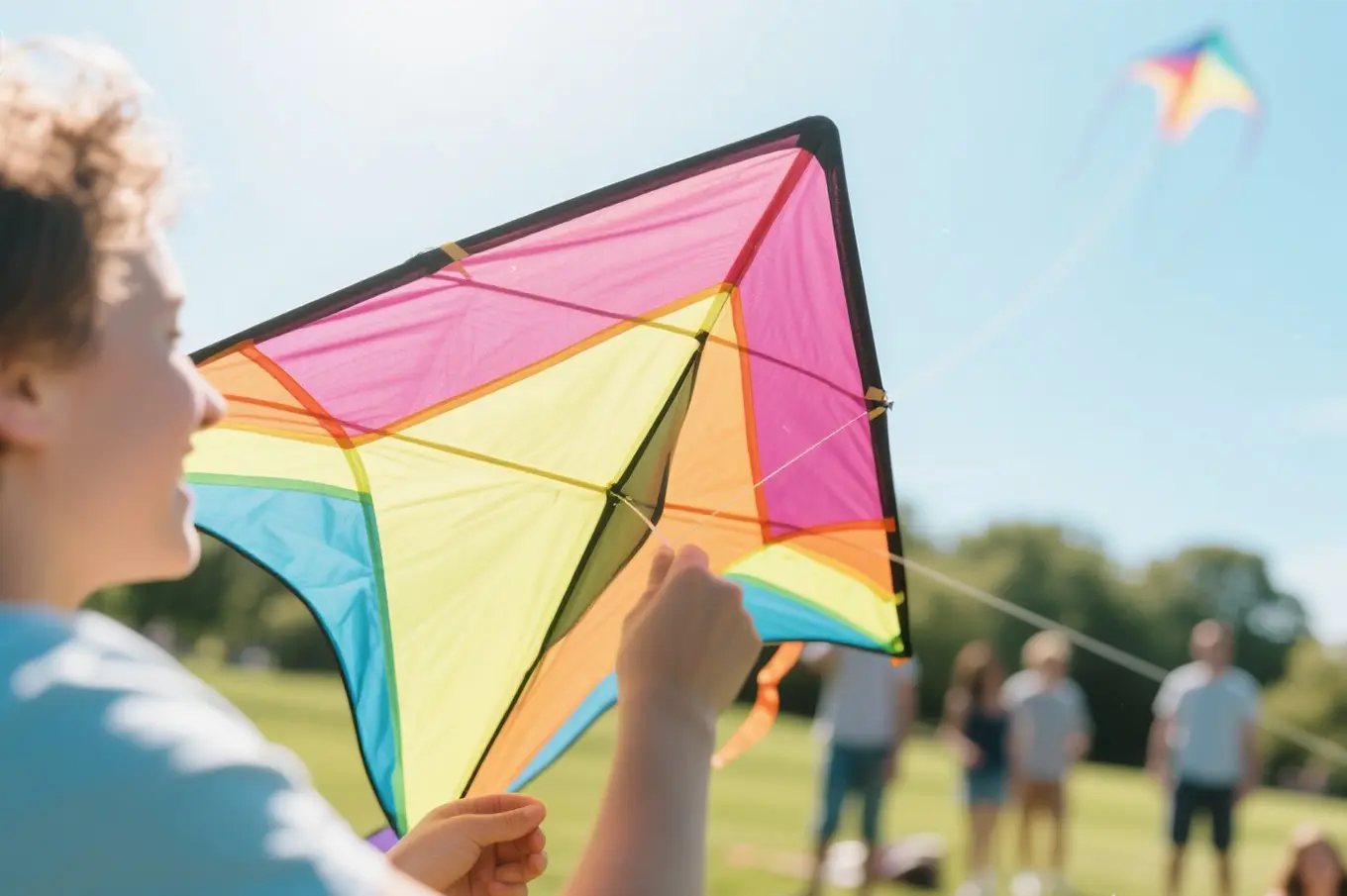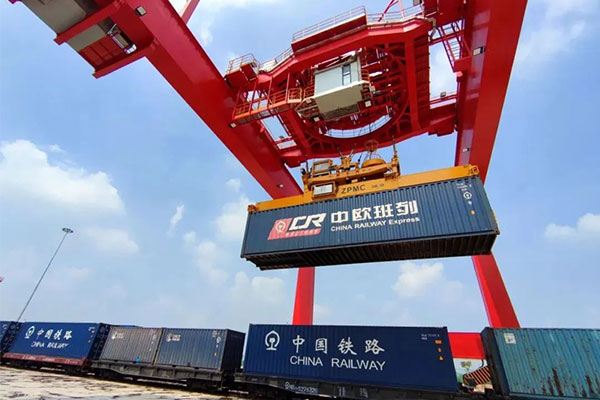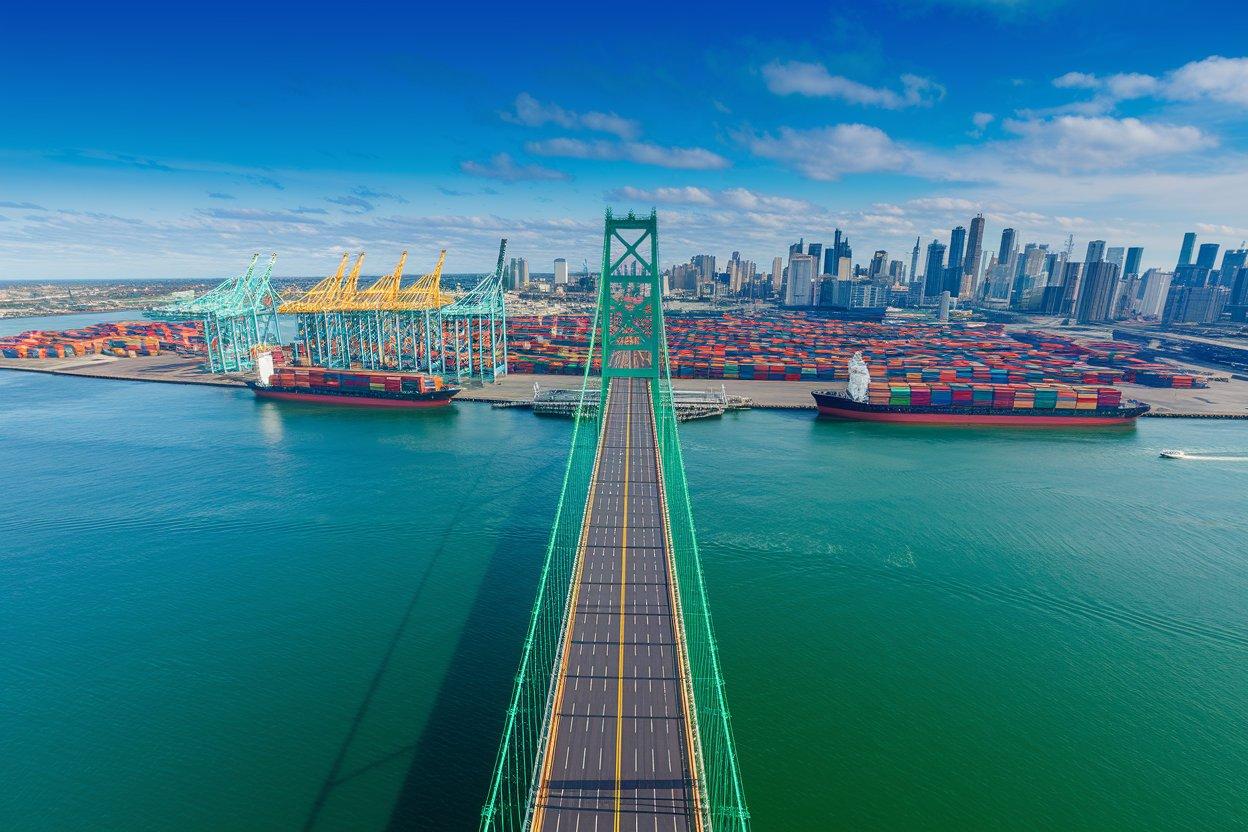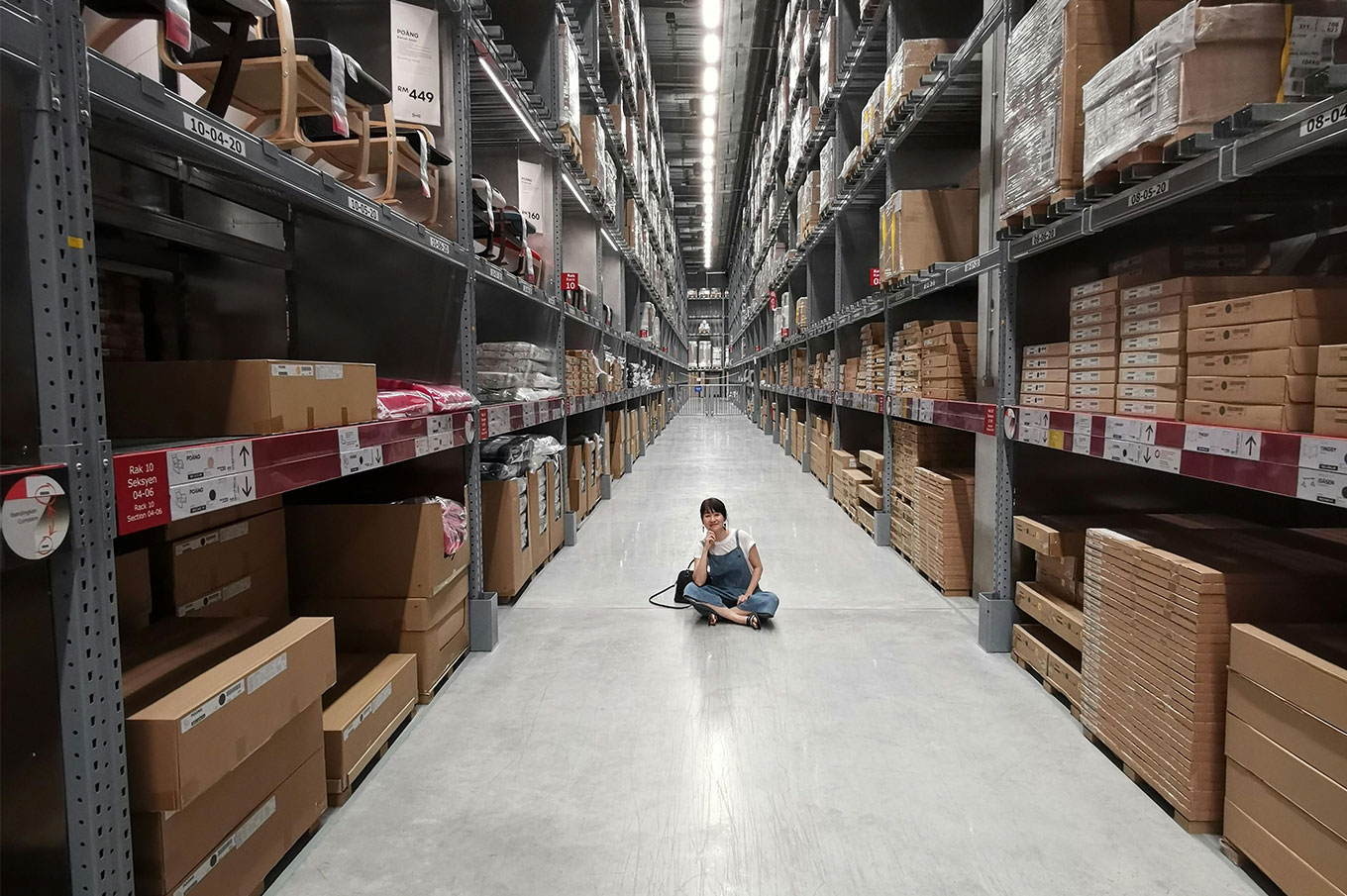- Shanghai Zhongshen International Trade Co., Ltd. - Two decades of trade agency expertise.
- Service Hotline: 139 1787 2118
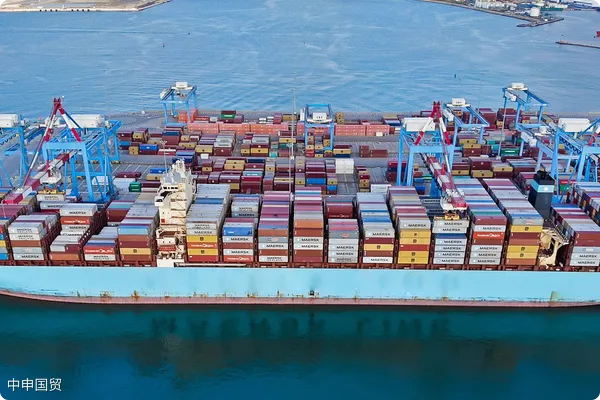
In the current globalized trade pattern,Compulsory certificationThe lighting market contains many opportunities but also faces a series of conditions that must be met.
I. In terms of Product Quality Standards
Safety Standards
– Russia has stringent requirements for the electrical safety of lighting fixtures. Luminaires must comply with the GOST–R standards, which cover critical safety elements such as electrical insulation and grounding protection. For instance, the wiring of lighting fixtures must possess sufficient insulation strength to prevent the risk of electric leakage. Grounding devices must ensure that in the event of an electrical fault, current is effectively diverted into the ground to safeguard user safety.
– The fire resistance of lighting fixtures is also a crucial component of safety standards. In certain architectural environments in Russia, particularly in public buildings and industrial facilities, lighting fixtures are required to meet specific fire resistance ratings to prevent potential fires caused by electrical faults or overheating.
Electromagnetic Compatibility (EMC)
– Luminaires exported to Russia must comply with electromagnetic compatibility (EMC) requirements. This means that during normal operation, the luminaires must not generate electromagnetic interference to surrounding electronic devices, while also possessing the ability to resist external electromagnetic interference. For example, the electronic driver circuits in LED luminaires require rigorous design and testing to ensure their electromagnetic emissions remain within specified limits, thereby avoiding any impact on the normal operation of nearby radio equipment, medical devices, etc.
II. Certification Requirements
EAC certification
– EAC certification is a mandatory requirement for lighting fixtures to enter the Russian market. This certification covers multiple aspects, including product safety and electromagnetic compatibility. Manufacturers of lighting fixtures must send product samples to laboratories accredited in Russia for testing. The testing items include, but are not limited to, the photometric performance, electrical parameters, and safety protection of the fixtures. Only lighting products that have passed EAC certification can be legally sold in the Russian market.
– When applying for EAC certification, manufacturers need to provide detailed product technical documents, including product manuals, circuit diagrams, assembly drawings, etc. These documents will serve as important evidence for the certification body to assess whether the product complies with Russian standards.
Fireproof Certification
– Depending on the usage environment and type of the luminaire, some may also require fire safety certification. For example, explosion-proof luminaires used in flammable and explosive environments or emergency lighting fixtures installed in high-rise buildings. The fire safety certification process involves evaluating multiple aspects such as the luminaire's housing material and internal circuit layout to ensure it does not become a fire hazard in dangerous conditions and can either maintain normal operation or provide emergency lighting for a certain period.
III. Product Labeling Requirements
Language Labeling
– The labeling of lighting products must be in Russian. The label should include basic information such as the product name, model, rated voltage, rated power, manufacturer's name, and address. Clear and accurate labeling helps Russian consumers use lighting products correctly and is also a necessary requirement to meet Russian market regulatory standards.
Safety Labeling
– The luminaire must be marked with necessary safety labels, such as hazard warning signs (e.g., for parts that may generate high temperatures, labels like "High Temperature, Do Not Touch" should be displayed) and electrical safety labels (e.g., the rated voltage must be clearly and accurately marked to prevent users from using incorrect voltage, which could lead to luminaire damage or safety incidents).
IV. Packaging Requirements
Transport Packaging
- The transportation packaging of lighting fixtures must be able to withstand the relatively harsh transportation conditions in Russia. Due to Russia's vast territory and long transportation distances, the fixtures may encounter bumps, collisions, and temperature fluctuations during transit. Therefore, the packaging materials should be sturdy and possess certain cushioning properties, such as thick cardboard boxes and foam padding. Additionally, necessary transportation labels, such as "Fragile," "This Side Up," and "Keep Dry," must be clearly marked on the packaging to ensure the integrity of the lighting fixtures during transportation.
Sales Packaging
- Sales packaging should not only serve to protect the lighting products but also function to attract consumers. The packaging design should align with Russian cultural and aesthetic preferences, with color schemes and pattern designs that catch the eye of Russian consumers. Additionally, the sales packaging should include essential information such as product labels, enabling consumers to fully understand the product's features at the time of purchase.
Lamps exported to Russia need to meet various conditions. Every link from product quality standards to certification, labeling, and packaging needs to be strictly controlled. Only in this way can lamp enterprises smoothly carry out business and achieve success in the Russian market.
Related Recommendations
? 2025. All Rights Reserved. Shanghai ICP No. 2023007705-2  PSB Record: Shanghai No.31011502009912
PSB Record: Shanghai No.31011502009912

